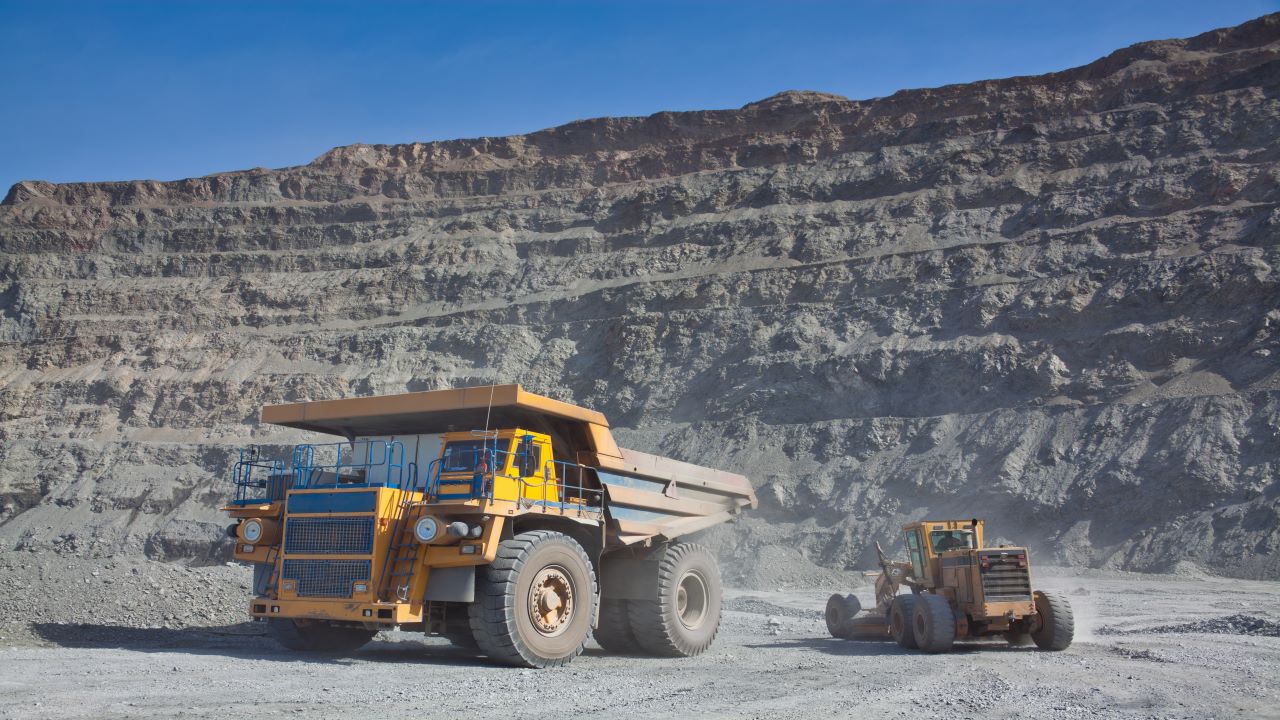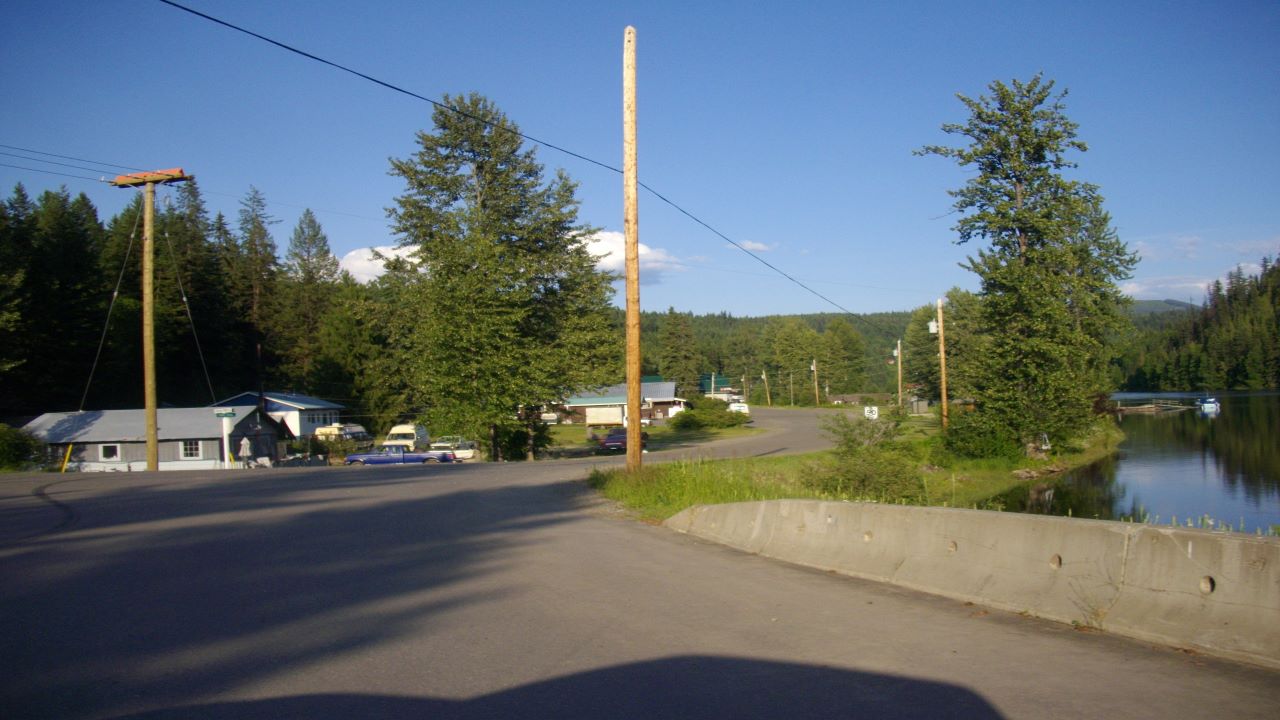The Spanish Mountain gold project is an open-pit gold and silver mining development in south-central British Columbia, Canada. It is fully owned by Spanish Mountain Gold, a Canadian gold exploration company.
The preliminary economic assessment (PEA) for the Canadian gold project was completed in December 2019 while the completion of the pre-feasibility study (PFS) was announced in May 2021.
The project is estimated to involve a pre-capital investment of approximately $461m for a 14-year life of mine (LOM). The Spanish Mountain mine is estimated to produce 2.1 million ounces (Moz) of gold and 0.9Moz of silver over its operational life.
Spanish Mountain gold project location and geology
The Spanish Mountain gold project is located in the Cariboo region of central British Columbia. The property is approximately 6km away from the community of Likely and 70km north-east of the city of Williams Lake. It encompasses 50 Mineral Titles Online (MTO) mineral claims, covering an area of approximately 9,319ha.
The Spanish Mountain property is underlain by rocks of the middle to upper Triassic units within the Quesnel Terrane and composed mainly of argillite, siltstone, mudstone, greywacke, and conglomerate. The lower clastic sedimentary and upper volcanic packages can be correlated with sections of the Nicola Group located to the south or the Takla Group to the north.
Mineralisation and reserves at the Spanish Mountain site
The Spanish Mountain property is a sediment-hosted vein (SHV) deposit with gold mineralisation hosted within several stratigraphically and structurally controlled zones. The gold mineralisation occurs in two main types, notably disseminated and vein-controlled. Disseminated veins occur within the black, graphitic argillite with grain size typically less than 30 microns. Mineralisation is also found within quartz veins in the siltstone/tuff/greywacke sequences in the form of free, fine to coarse (visible) gold.
The proven and probable mineral reserves at the Spanish Mountain gold project are estimated at 95.9 million tonnes (Mt) grading 0.76g/t gold (Au) and 0.71g/t silver (Ag), containing 2.34Moz of gold and 2.18Moz of silver respectively, as of March 2021.
Mining and mineral processing at Spanish Mountain Gold Project
The planned mining operation will process the delineated proven and probable reserves as a standalone operation with a milling rate of 20,000 tonnes per day (tpd). It will be implemented using a conventional open-pit mining method.
A portion of the ore will be stockpiled to maximise mill feed grade early in the project life, which will be reclaimed for processing over the operational life.
The run of mine (ROM) ore will undergo crushing in a primary crushing circuit, followed by a semi-autogenous grinding (SAG) mill, and a ball mill to produce a relatively coarse grind of 180 microns. The mill product will be concentrated by gravity concentration and flotation to produce concentrates which will be reground before being introduced into the carbon-in-leach (CIL) circuit to undergo cyanidation.
The processing facility will have an overall LOM average gold recovery of 90% and silver recovery of 40%, which will be produced as a by-product of the milling process. Gold doré will be produced on-site as the end product. The average annual gold production is estimated at 183,000oz during the first six years with peak production of 210,000oz in the sixth year of operations.
Infrastructure at Spanish Mountain gold project
The property is accessible from Williams Lake via a paved secondary road from Highway 97 at 150 Mile House. The central and northern parts of the property are connected to Likely via the 1300 Forest service road (FSR).
The project will require approximately 10.5MW of power, which is envisaged to be supplied via a new 230kV transmission line from BC Hydro’s 500kV McLeese Capacitor station.
Contractors involved
Canadian mining services company Moose Mountain Technical Services was engaged as the study lead for the pre-feasibility study. It provided the mine plan, including mineral reserves, while the mineral resource estimates were provided by Candian firm Ginto Consulting.
Other Canadian firms involved in the project include Knight Piesold, which performed the tailings, water management, and environmental / permitting studies, and BGC Engineering, which conducted geotechnical and pit water studies.
Australian engineering company Ausenco is responsible for mineral processing, recovery, and site infrastructure.






